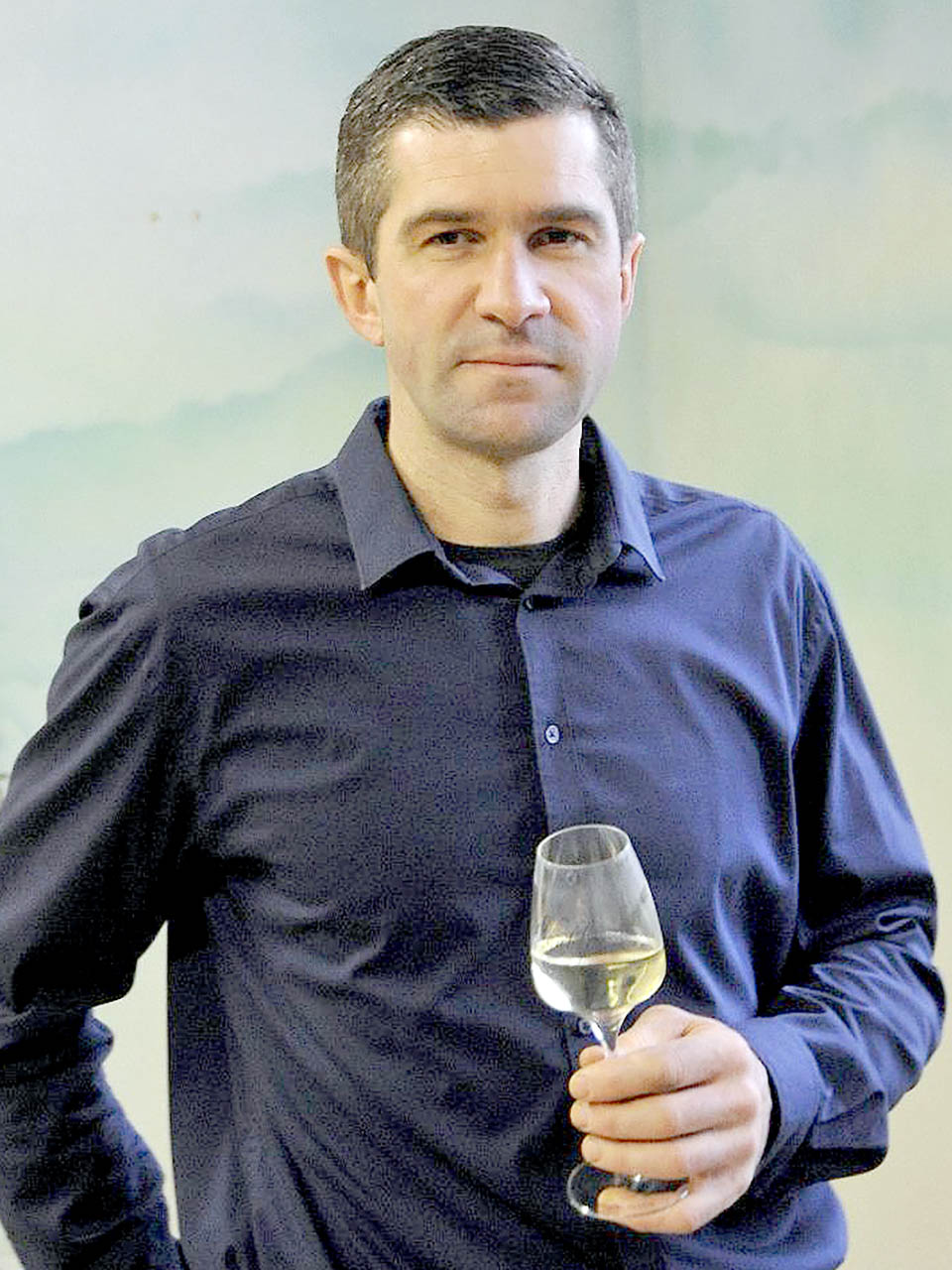
What is the most prominent name on a wine label? Well, it could be one of several things. It might be a brand name, the name of a winery or cooperative, the name of a grape, the name of a wine region, the name of a town or village or even the name of a vineyard. Chablis wine takes its name from a modest town which wine-writer Hugh Johnson describes as “straddling the dreamy little river Serein, all ducks and reeds.” If you drive south from Paris down the A6 motorway, more poetically known as l’autoroute du Soleil you can reach this pleasant little town in two hours, even proceeding at a stately pace. I’ve done this trip many times, though in my younger days, the pace was anything but stately.
We think of Chablis (sha-blee) as part of Burgundy but as Karen MacNeil writes in her Wine Bible, “Chablis sits like an isolated island far north of the Côtes d’Or. The vineyards of Chablis are closer to Champagne (about twenty miles away) than they are to the rest of Burgundy.”
The beginnings of viticulture coincided with the founding of Pontigny Abbey in 1114 and the planting of vines along the banks of the river Serein. The Italian Franciscan theologian Fra Salimbene visited the region in 1247 and wrote, “When I dwelt at Auxerre…I saw that not only are the hillsides covered with vineyards but the level plain also.” It’s much the same today: it’s like being in an ocean of vines. And in this northerly region, Chardonnay is the name of the game. Wine producers in Chablis grow nothing else. The cool climate produces crisp, dry wines with more acidity and less fruit than the Chardonnay of warmer climates and the chalky soils contribute flinty, mineral notes. This characteristic flinty taste is known locally as goût de pierre à fusil, which means “tasting of gunflint.” The soils of the region are made up of limestone and clay, the same vein as the chalky soil near the White Cliffs of Dover. It’s known as Kimmeridgian clay and named after the village of Kimmeridge in Dorset.
The style of Chablis has changed since the days when I used to buy it regularly. Andy Howard MW of Decanter magazine wrote recently, “I have long been a fan of the structured, fine acidity and discreet oak of Chablis, and that salty, pebbly, gunflint character. The style has changed since the 1960s. It was this change that drove me to write my Master of Wine dissertation on Chablis.”
All the vineyards in Chablis are classed in four appellations which reflect the positions of the vineyards and therefore the quality of the wine. The lowest appellation is Petit Chablis which comes from vineyards some distance away from Chablis town. Chablis AOC is the principal and largest appellation. One level up is Chablis Premier Cru which come from vineyards in a more favorable position. Only forty Chablis vineyards – 15 percent of the total – have this appellation. Chablis Premier Cru has richer fruit profiles and a stronger, more distinct minerality.
The most exalted wines are known as Chablis Grand Crus and these seven superior vineyards lie on the sloping hills above the river Serein opposite Chablis town. From the town square, you can see them all. These vineyards get the most sunshine and aided by the Kimmeridgian soil, produce the finest wines. Chablis Grand Crus varies enormously in style and taste depending on the producer, the terroir and the winemaking techniques. Even so, they represent the finest Chablis you can get.
Domaine Christophe Patrice Chablis AOC 2022, France (Bt. 999 + 7% VAT @ Vines to Vino, Thepprasit Road, Pattaya)
Christophe Patrice was born in the modest village of Beine which lies on the D965 between Chablis and Auxerre, nestling among gentle hills which are almost entirely covered with vines. After working at the family winery, Christophe set up his own domaine in Beine in 2006 and gradually acquired several other nearby estates. His winery produces not only basic Chablis AOC but also a Petit Chablis and a Chablis Premier Cru.
This wine is a radiant gold with a gentle aroma of white flowers, vibrant citrus fruit and fresh herbs on a mineral background. The palate is dry, well-balanced, soft and oily with crisp green apple. The winery website mentions that there are “aromatic nuances reminiscent of fresh croissant” but much as I tried, I couldn’t smell the croissants. Perhaps you might be more successful. The wine has a light-to-medium body and an attractive, long peppery finish. It sells for around £23.00 in the UK so at this price in Thailand it is exceptionally good value for such an interesting wine.
The wine seems to have been crafted in a more contemporary style: a more modern take on Chablis of yesteryear, but remains incredible value because any wine from this world-renowned area doesn’t come cheap. It would make an excellent accompaniment to many light fish or chicken dishes and the wine’s acidity would contrast well with delicate creamy sauces or light herbs. Chicken Tarragon springs to mind. Serve it between 11-13° C. The wine I mean, not the chicken. To my mind, this wine is interesting enough to enjoy it on its own, preferably in the company of a good book and a large dog.






